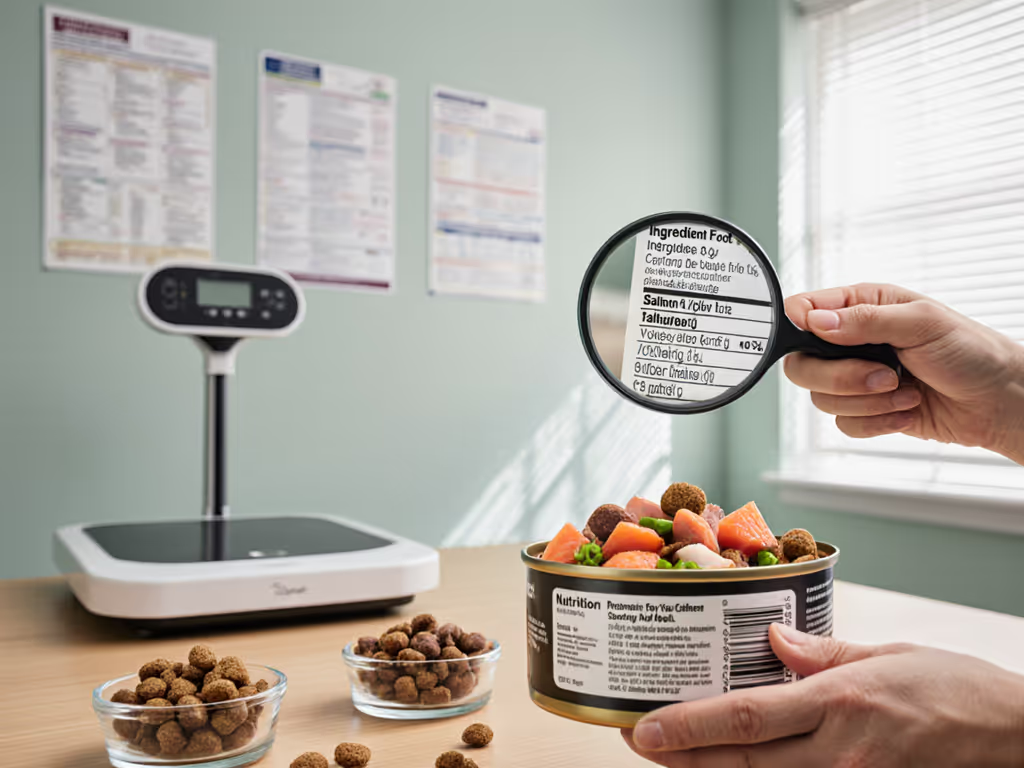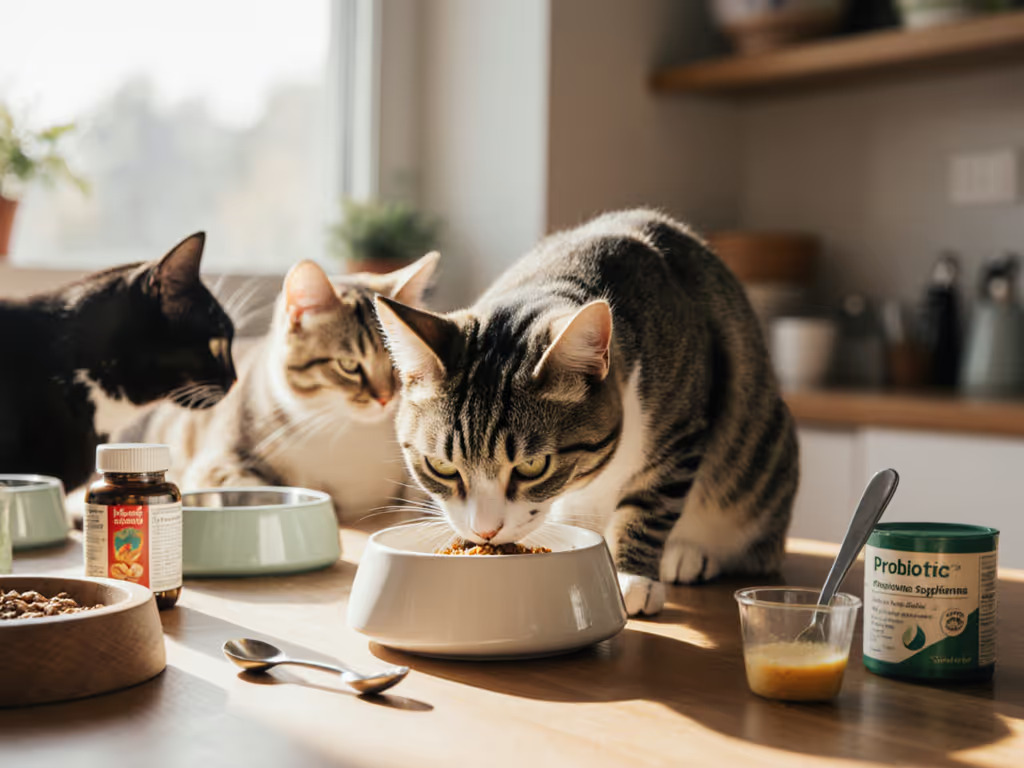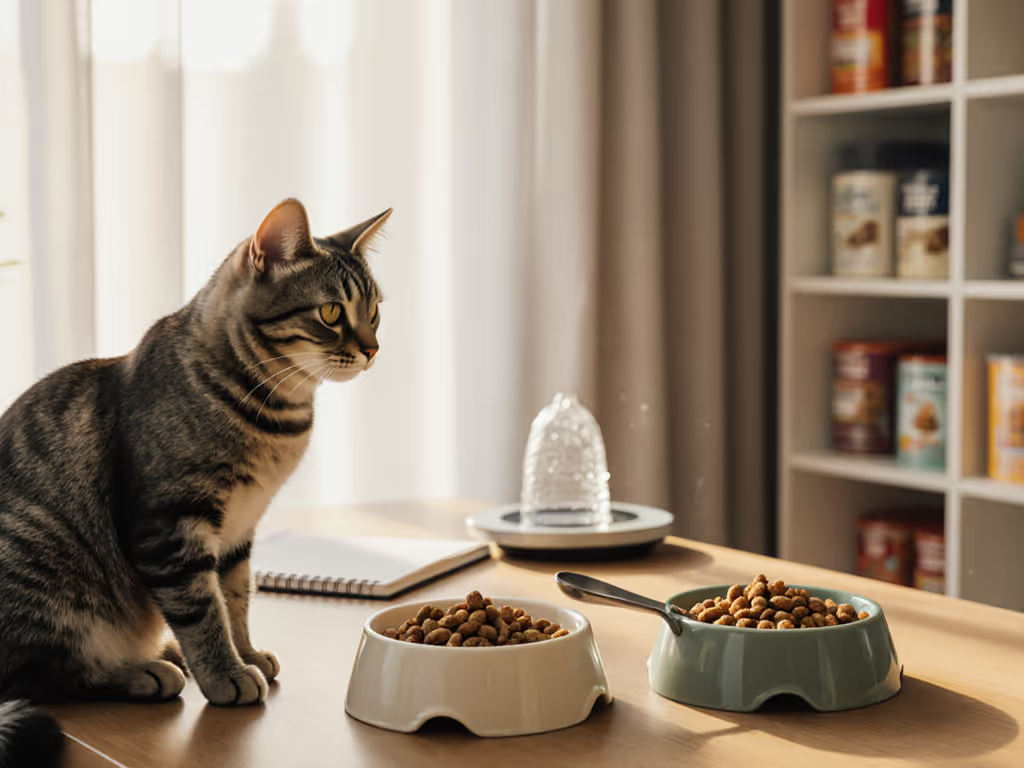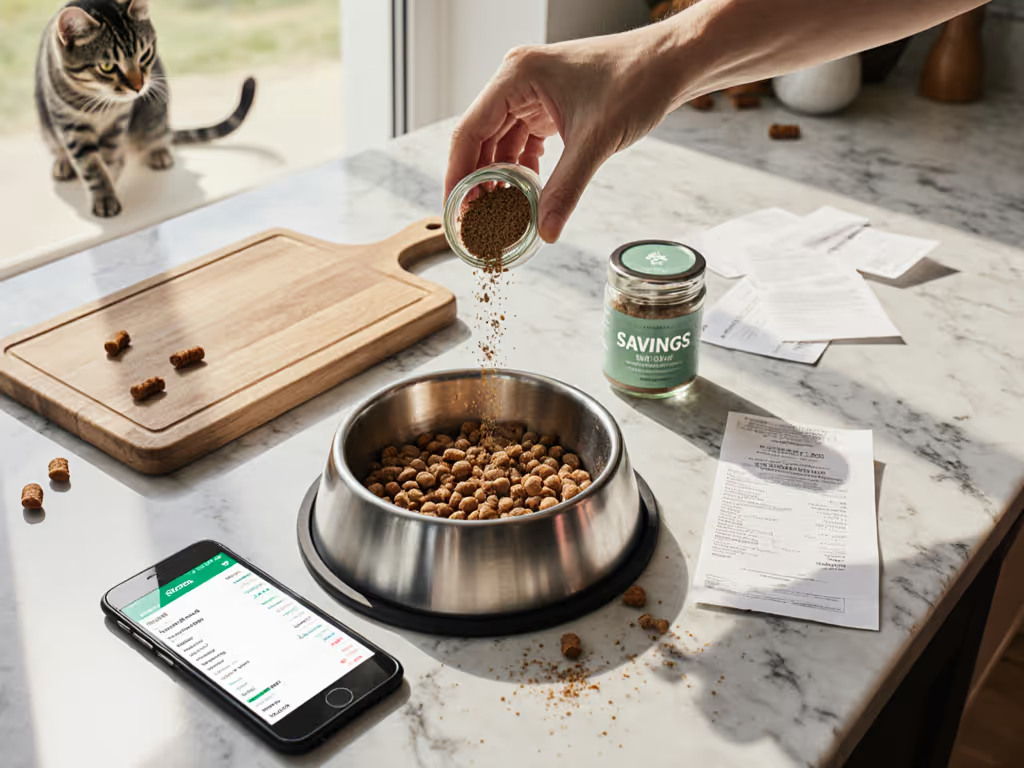
Cat Food for Urinary Health: Vet-Approved Formulas Explained
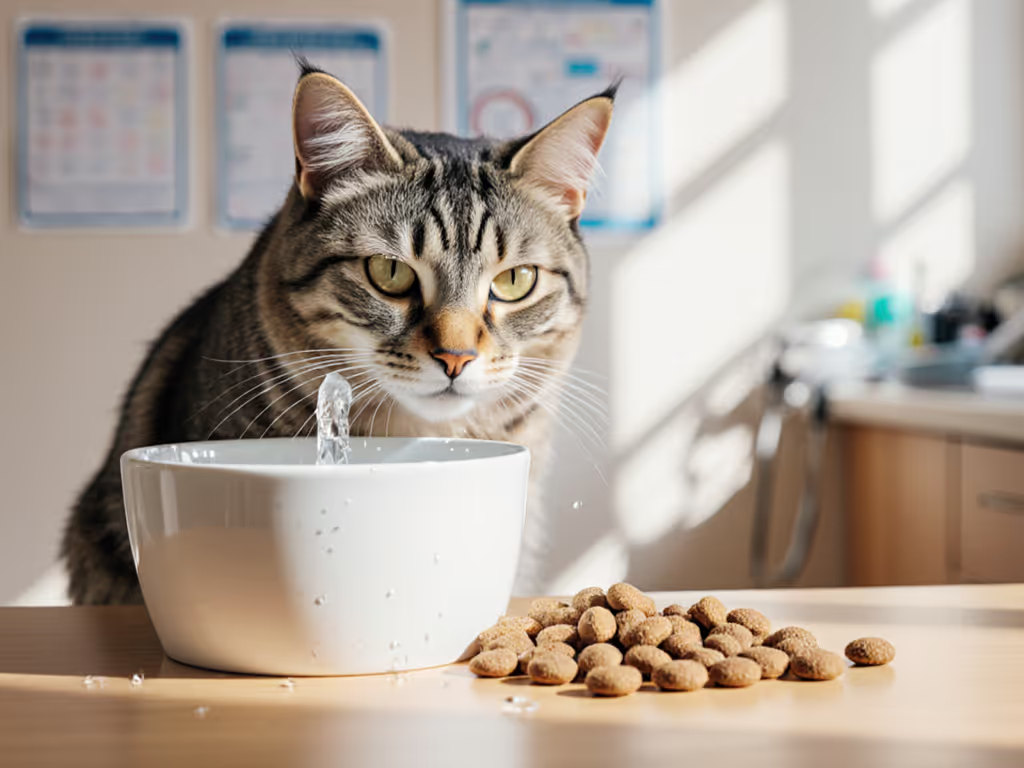
Urinary issues in cats are a common yet preventable concern, with diet playing a critical role in maintaining urinary tract health. Urinary care cat food is specifically engineered to address risk factors like crystal formation and pH imbalance, but effectiveness varies across formulations. This analysis examines how vet-approved cat food for urinary health works, the evidence base, and key selection criteria for cat owners seeking science-backed solutions.
How Do Urinary Health Cat Foods Function?
Urinary formulas operate through three evidence-based mechanisms:
-
Moisture Optimization
Wet foods with >78% water content (e.g., Hill's Science Diet) increase hydration, diluting mineral concentration in urine. This directly reduces crystal formation risk without relying on increased water intake. -
Mineral Restriction
Controlled magnesium (<0.1%), phosphorus, and calcium levels minimize raw materials for struvite/oxalate crystals. Purina Pro Plan UR formulas maintain Mg at 0.08%-0.1%, below the 0.12% threshold linked to crystal development. -
pH Regulation
Acidifying ingredients (e.g., DL-methionine) maintain urine pH at 6.0 to 6.5, the optimal range to dissolve struvite crystals. Blue Buffalo True Solutions uses FDA-approved pH modifiers to sustain this balance.
Prescription vs. Non-Prescription: What's Clinically Proven?
| Feature | Prescription Diets (e.g., Hill's c/d) | Non-Prescription Alternatives (e.g., Purina Pro Plan Focus) |
|---|---|---|
| Efficacy Evidence | 89% reduction in urinary symptom recurrence | Maintains urinary pH but lacks dissolution studies |
| Mineral Control | Strictly regulated magnesium (0.02%) | Moderate restriction (0.08-0.1%) |
| Veterinary Oversight | Required; tailored to diagnosed conditions | OTC access; preventive use only |
Prescription diets like Hill's c/d Multicare undergo clinical trials proving crystal dissolution in 7 to 27 days. Non-prescription options support pH balance but lack equivalent evidence for treating existing crystals.
Can Normal Cats Safely Eat Urinary Foods?
While non-prescription urinary foods are marketed for general use, they impose unnecessary mineral restrictions for healthy cats. Long-term use may cause:
- Nutritional imbalances from artificially suppressed mineral levels exceeding normal requirements
- Metabolic stress if urinary pH is altered without medical need
- Cost inefficiency versus standard maintenance diets
Vets caution: Reserve urinary formulas for cats with diagnosed risks, not as universal "prevention".
Critical Selection Criteria for Urinary Diets
Evaluate formulations using these evidence-driven metrics:
-
Moisture Content
Prioritize wet foods (>75% moisture) over kibble. Hydration impact outweighs ingredient quality in crystal prevention. For practical ways to increase voluntary drinking, see our cat water fountain guide. -
Transparent Mineral Levels
Demand specific Mg/Ca/P values on packaging, not vague "low mineral" claims. Royal Canin Urinary Care specifies 0.09% magnesium. -
pH Testing Protocol
Brands like Blue Buffalo disclose FDA-reviewed pH maintenance systems. Avoid products without lab verification. -
Graceful Failure Design
Check if formulas include urinary-supporting ingredients (cranberries, methionine) during inevitable diet lapses, not just ideal conditions.

The Reliability Gap in Mainstream Brands
Despite claims, several issues plague non-prescription options:
- Inconsistent Testing
85% of OTC brands lack published clinical trials proving crystal prevention. - Hidden Mineral Spikes
Some "urinary" kibbles exceed 0.12% magnesium when batch variations occur. - Placebo Marketing
Cranberry content is often insufficient for measurable antibacterial effects, relying on antioxidant myths vs. evidence.
For cats with diagnosed urinary risks, vet-prescribed diets remain the gold standard. Owners should request diet effectiveness studies before committing to long-term use.
Proactive monitoring (not reactive feeding) prevents most urinary issues. Record water intake, urine pH (using test strips), and behavior changes to catch deviations early, reducing dependence on therapeutic diets.

